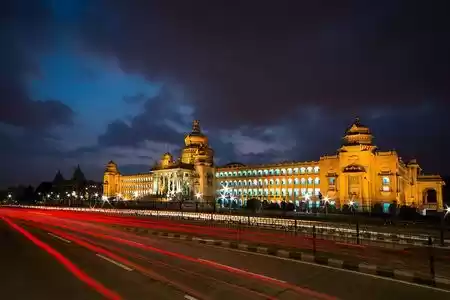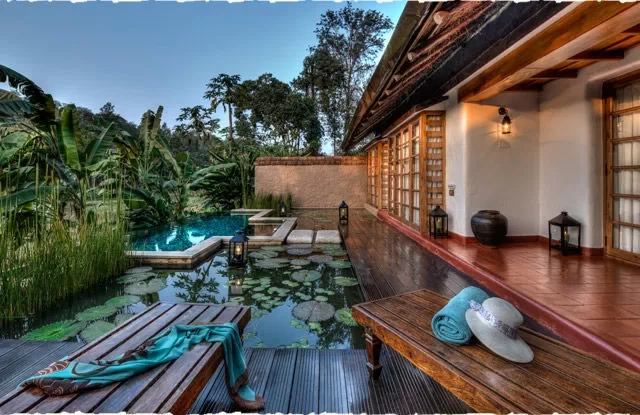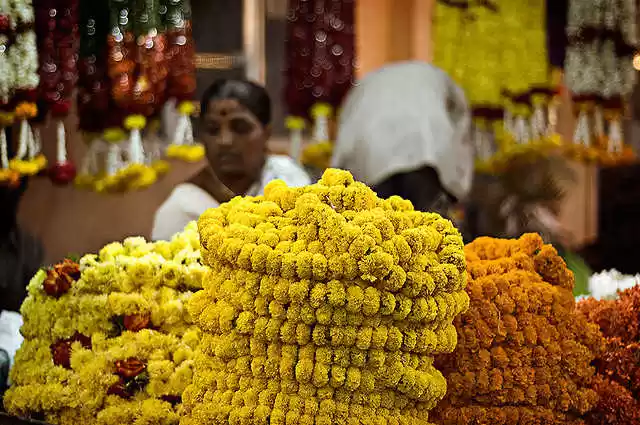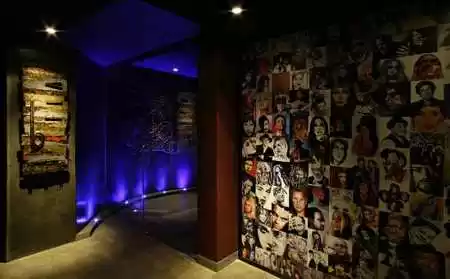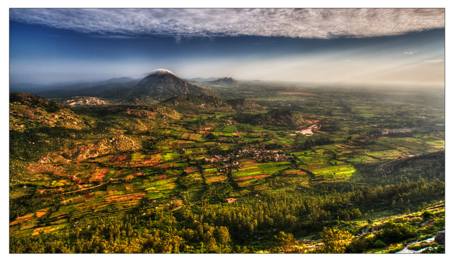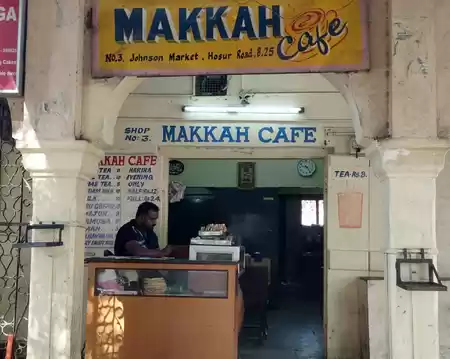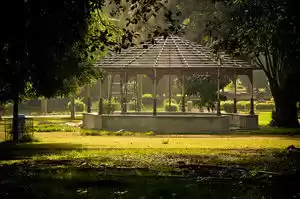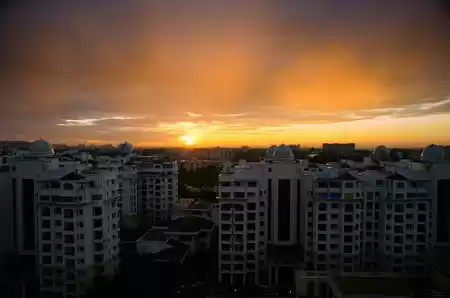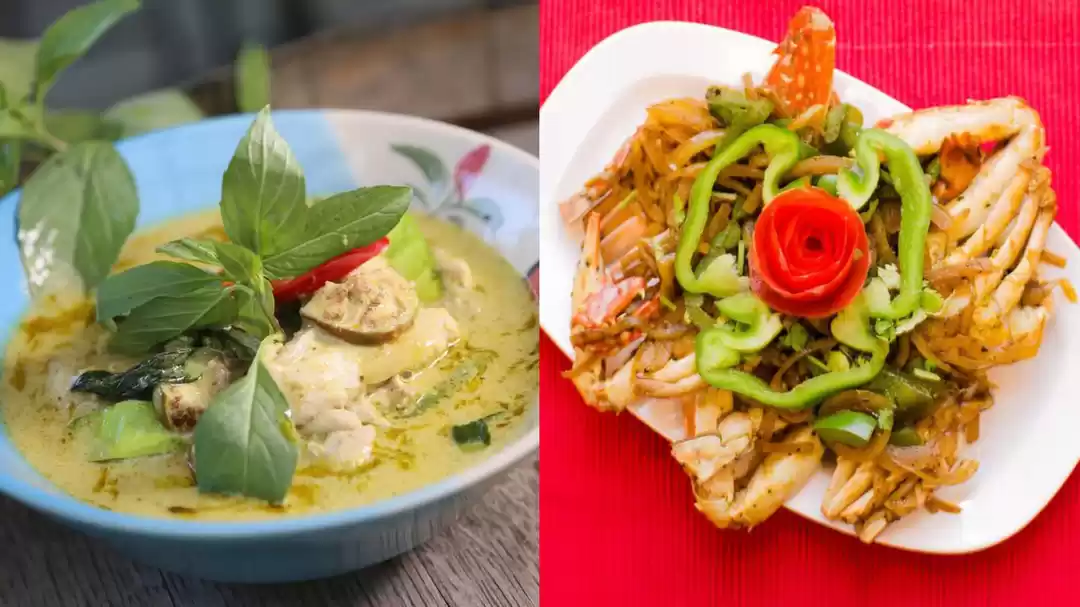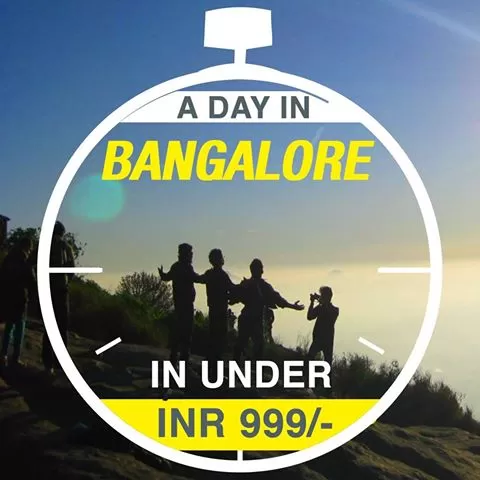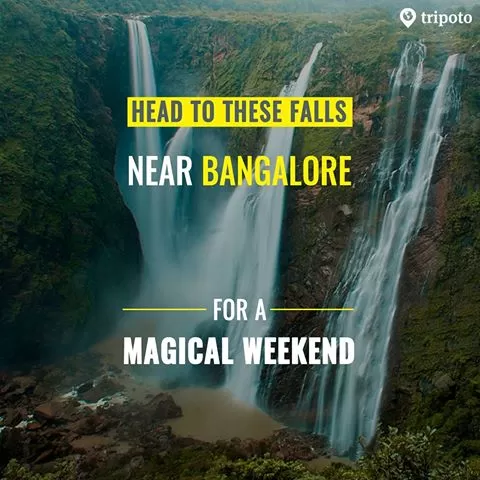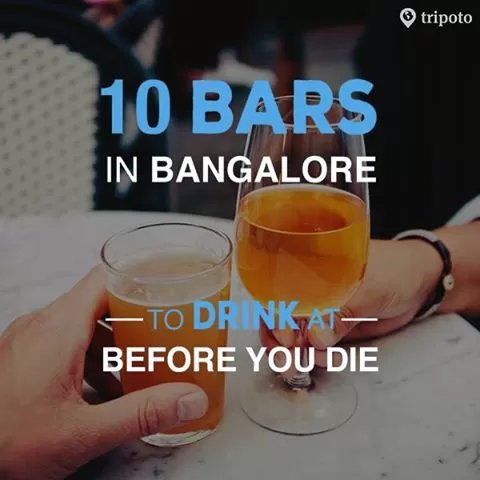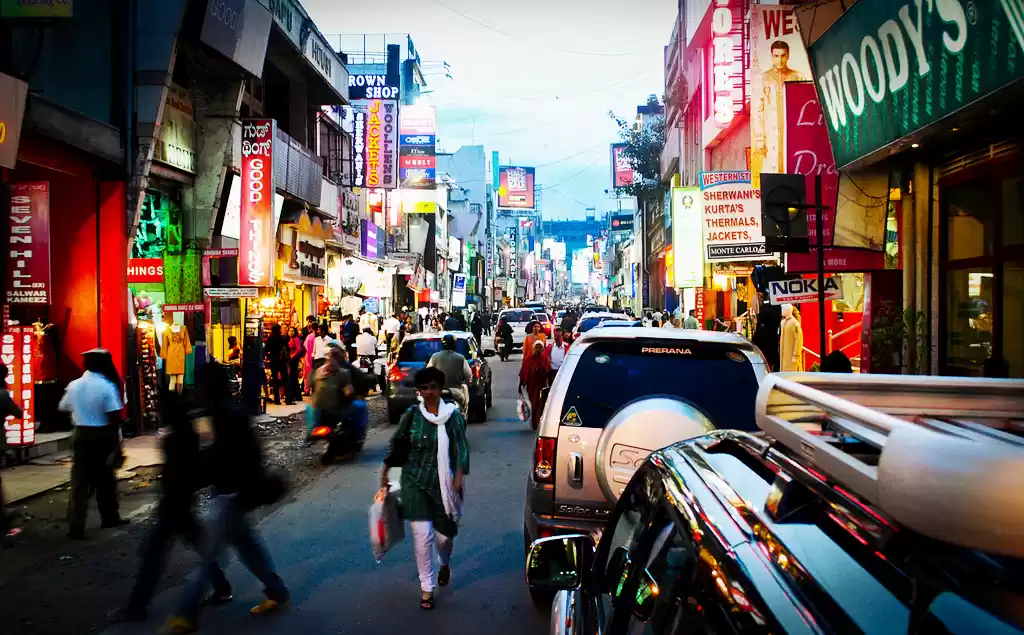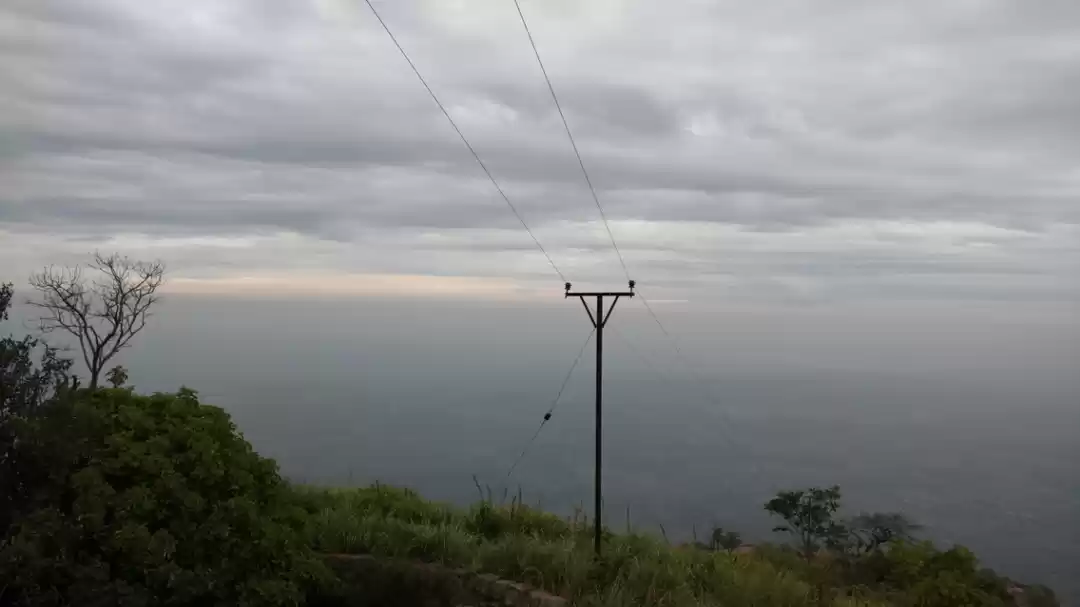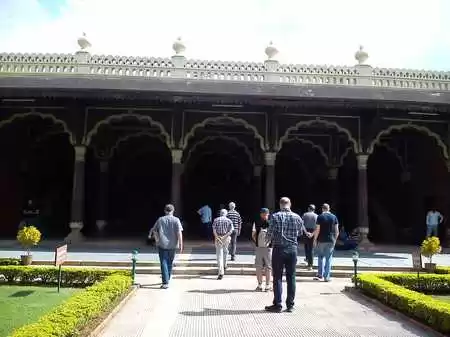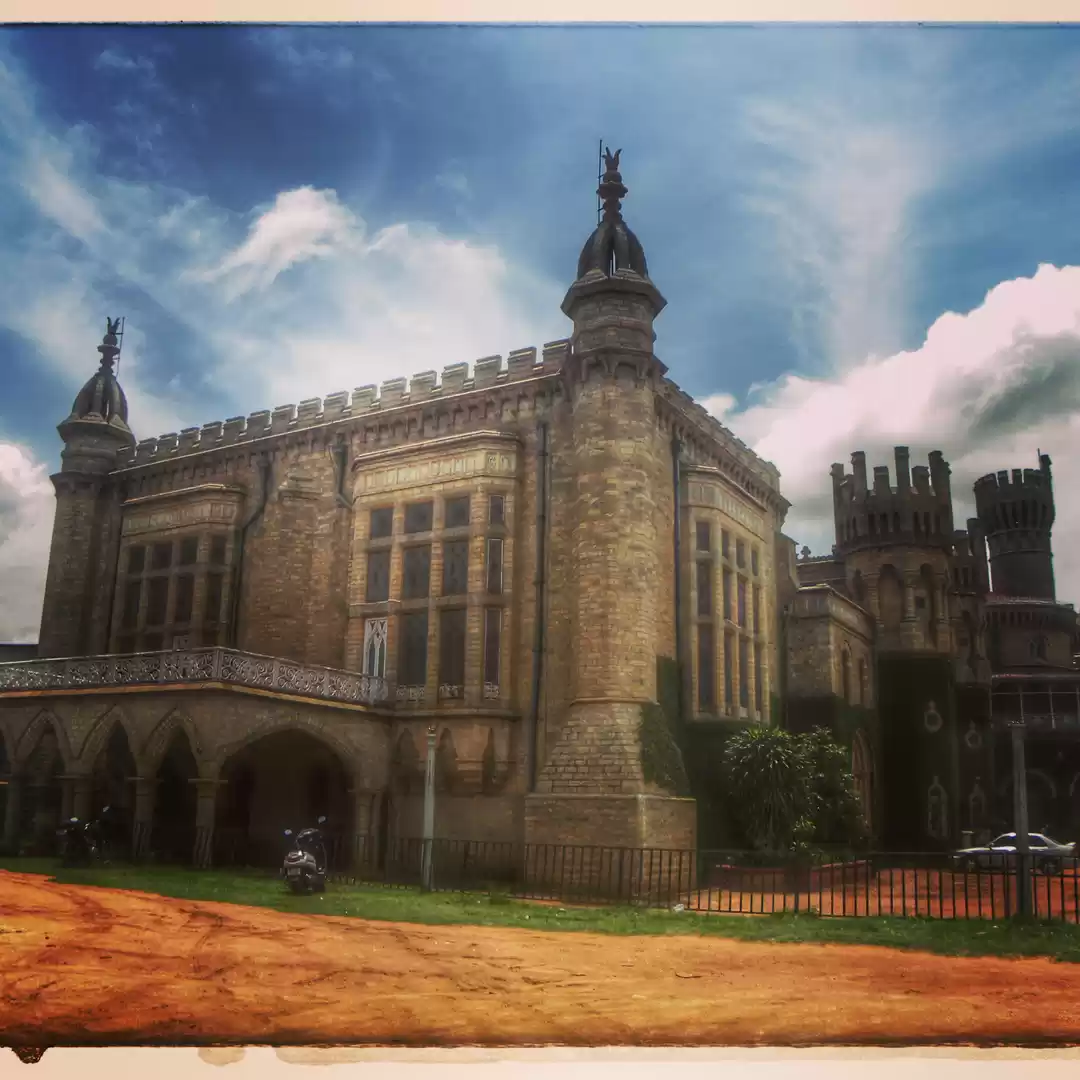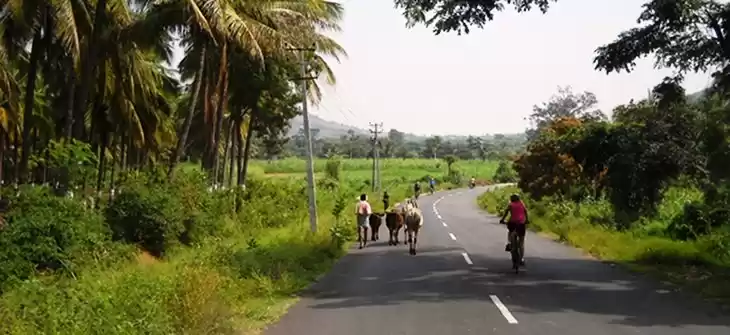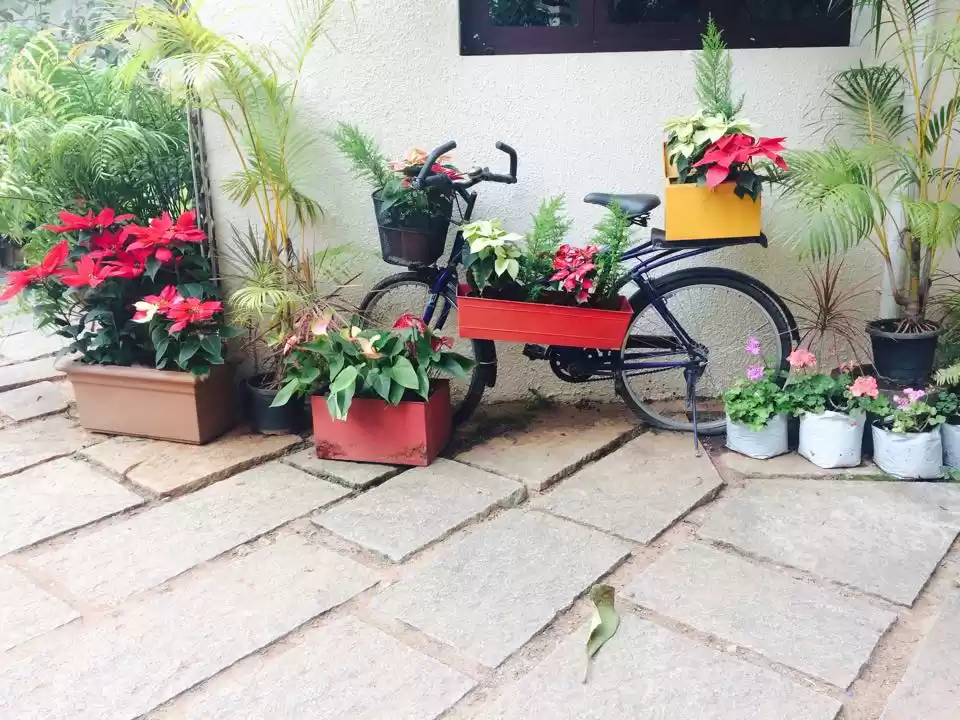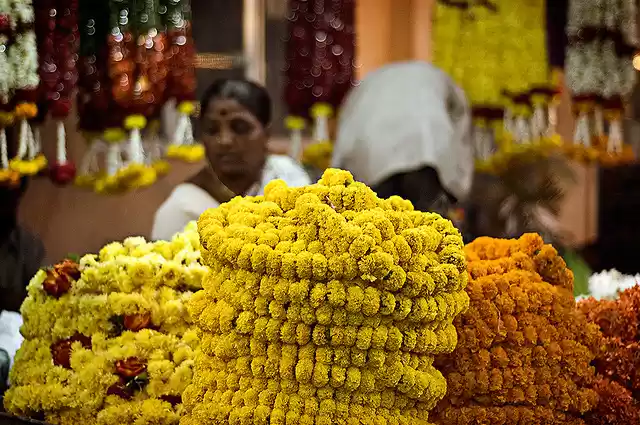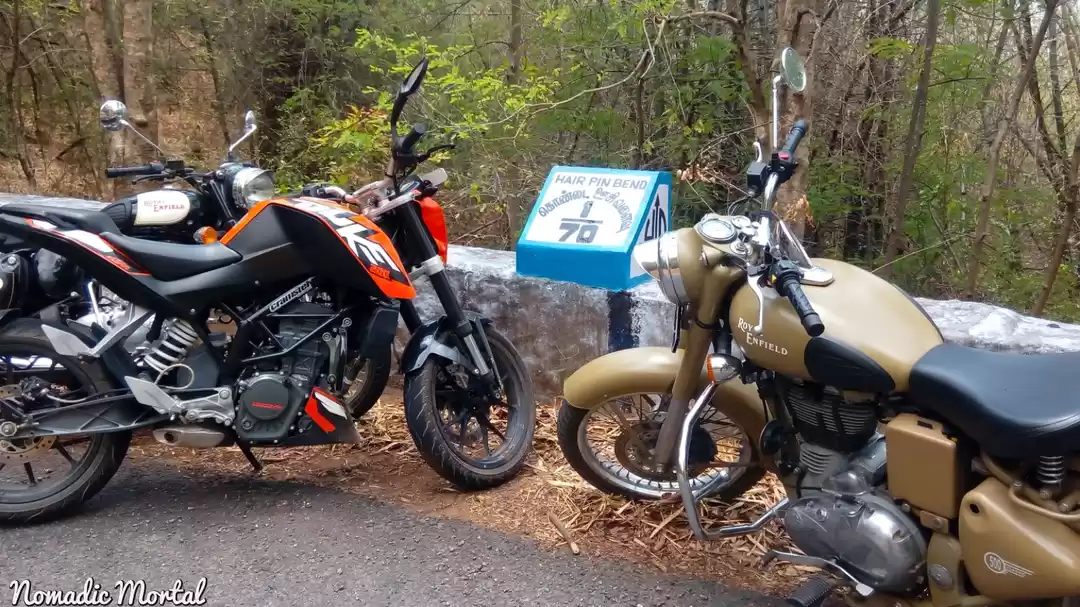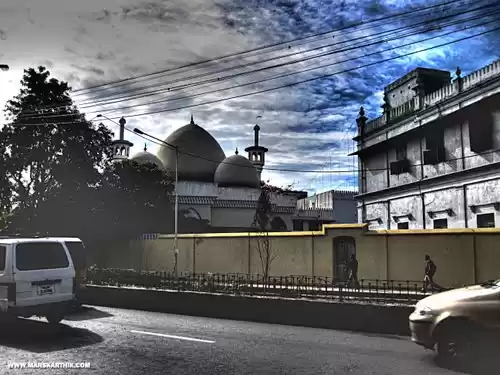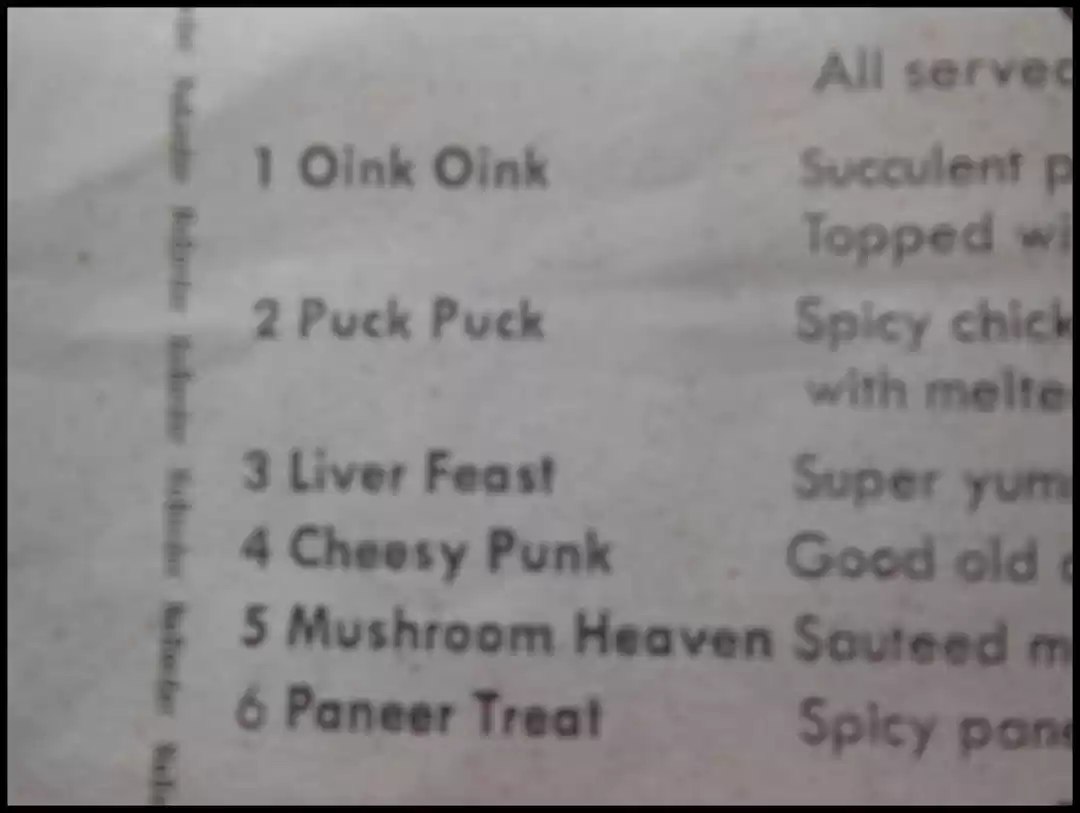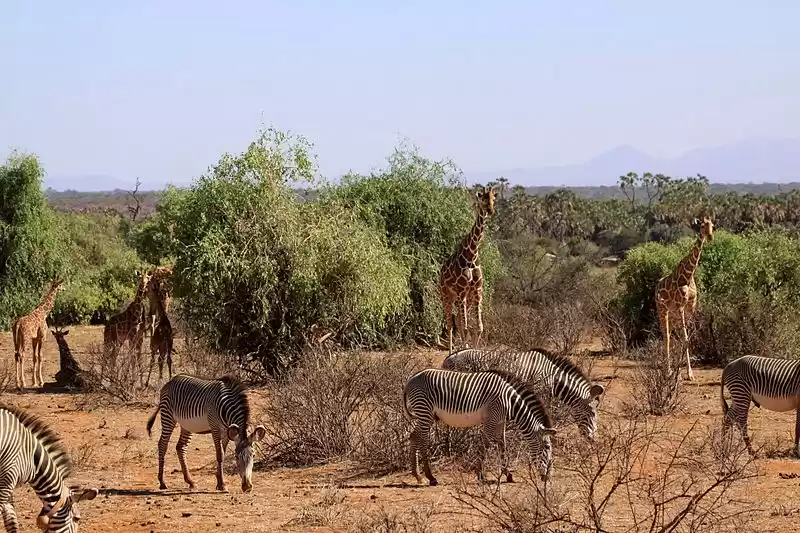Bangalore Tourism and Travel Guide
All You Need To Know About Bangalore
Check Out These Super Fun Bangalore Itineraries
Your Ultimate Food Guide For Bangalore
Take a Virtual Bangalore Tour: The City In Pictures & Videos
Travel Articles And Blogs For Bangalore
Best Time To Visit Bangalore
Peak Season is from October to February, although the weather is pleasant all-year round.
Shoulder Season: Summers (March to June) to are warm, but bearable and the temperature barely ever crosses into the thirties. This is the high season for families with young children on their summer break.
Off-season: Bangalore doesn’t really have an off-season, per se. Monsoons bring persistent showers from July to September, although sporadic, torrential rain is not uncommon throughout the year. Prices are a little lower this time of the year, and crowds are thinner than usual. For backpackers and travellers who don’t mind the rain, the rainy season is the best time of the year to explore Bangalore.
Budget For Bangalore
One of the biggest metropolises of India, the city has both expensive and budget options for every kind traveller. Street eateries and cheap-eats are abundant. A great Thali costs under INR 70 at most local cafes. For travellers looking for the finer things, Bangalore has some of India’s best cafes and restaurants serving hearty meals starting from INR 450. The local transport comprising of the metro and buses, is inexpensive and reliable, starting from a mere INR 5. Rows of autorickshaws and local taxis can be found on every street, and cab-hailing apps like Uber are widely used within the city.
For Budget Travellers: INR 600 - 1000 a day
- Accommodation in hostels and basic fan rooms in guesthouses: INR 300-750
- Food in local tiffin-houses and street eateries: INR 100-200
- Public Transport in metro and buses: INR 5 - 100
- Sightseeing (Entry-tickets & shows): INR 10 - 200 (INR 500 and upwards for foreign nationals)
For Mid-range Travellers: INR 1000 to INR 3000 a day
- Accommodation in mid-range hotels and homestays with air-conditioning and TV sets: INR 600 - 1500
- Food in mid-range cafes and restaurants: INR 250 - 500
- Local transport in auto-rickshaws and local taxis: INR 250 - 400
- Sightseeing & Tours: INR 10 - 1000 (INR 500 and upwards for foreign nationals)
For Luxury Travellers: INR 6000 and upwards
- Accommodation in 4* or 5* hotels: INR 5000 and upwards
- Food in upscale restaurants and bars: INR 1000 and upwards
- Local transport in cabs: INR 500 and upwards
- Sightseeing, Guided Tours: INR 500 and upwards


